Text

Amsterdam, May 2023
Strolling through the surrounding canals on a beautiful spring afternoon.
#netherlands#amsterdam#urban#beautiful#photography#travel#history#architecture#street photography#nederland#canals#canal#holland#dutch#dutch architecture#architecture post#city life#city living#street view#streetscape#bridge#city photography#spring#moments#travel goals#travelling
24 notes
·
View notes
Text
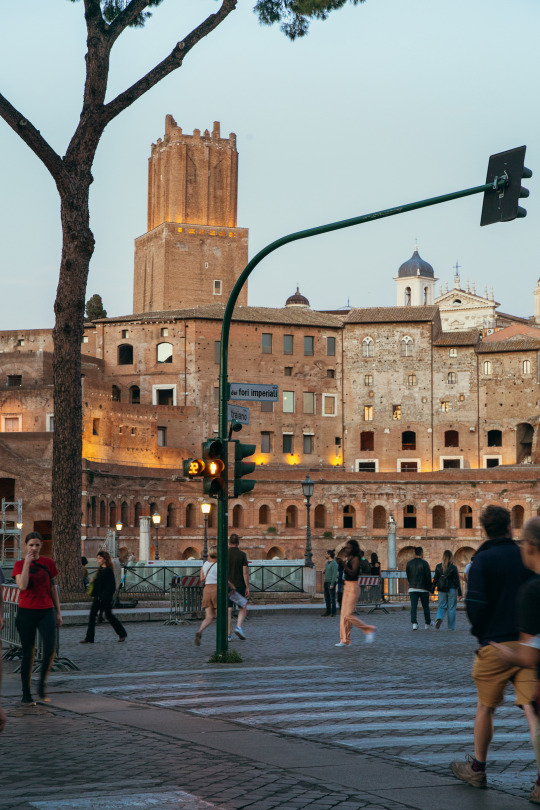
Foro di Traiano, Via dei Fori Imperiali, Roma.
Forum of Trajan, Via dei Fori Imperiali, Rome.
#architecture#photography#travel#roma#rome#ancient rome#roma antica#centro#centro storico#storia#history#trajan#Traiano#Italy#Italia#Europe#urban street photography#street photography#urban#ancient history#foro#fori#forum#imperial#empire#red light#medieval architecture
31 notes
·
View notes
Text
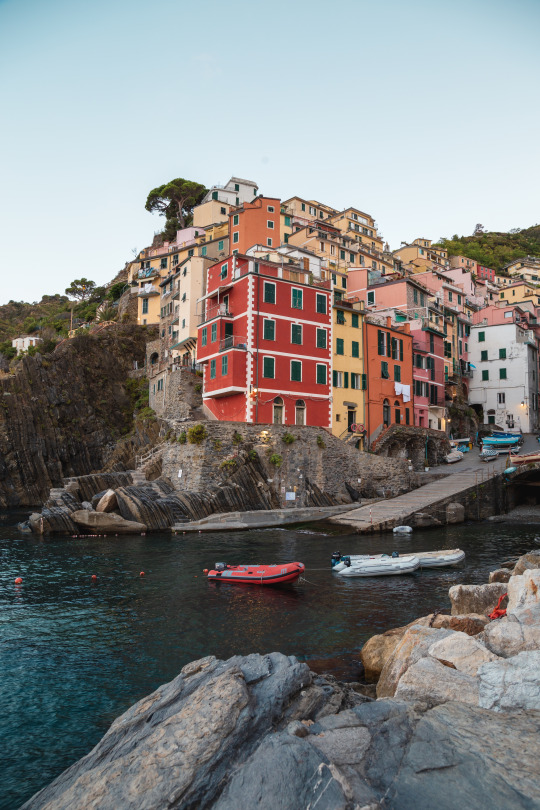
Riomaggiore, Liguria, Italia
#travel#photography#architecture#italy#italia#europe#italian architecture#riomaggiore#cinque terre#liguria#coast#coastal village#views#beautiful destinations#destination#travelling#wanderlust#beautiful#bella italia#village life#village#town#coastal town#lifestyle#dolce vita
113 notes
·
View notes
Text
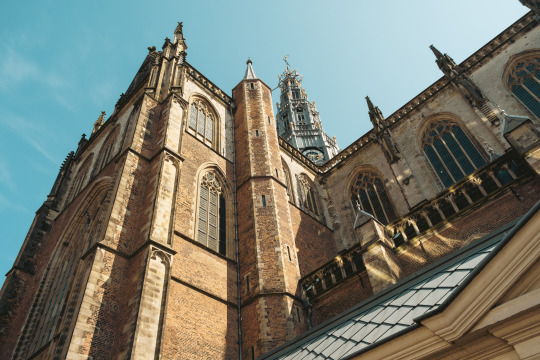
Haarlem, Grote St.-Bavokerk.
The main church of Haarlem, its been a focal point of the city since the 1300s.
#haarlem#grote markt#grote kerk#kerk#nederland#holland#north holland#medieval#historical#photography#photo#medieval architecture#architecture post#architecture#town#city#europe#euro#trip#travelling#travel#travel photography
5 notes
·
View notes
Photo

The once glorious empire, still the eternal city. Roma
#roma#rome#italia#italy#Architecture#italian architecture#ruins#roman empire#roman city#city#roman forum#foro romano#history
157 notes
·
View notes
Photo

From a Venetian rooftop.
#venice#venezia#italia#italy#travel#Travel Photography#travelling#travel pictures#veneto#italian architecture#Visit Italy#bella italia#bellezza#città#city#architecture
75 notes
·
View notes
Photo
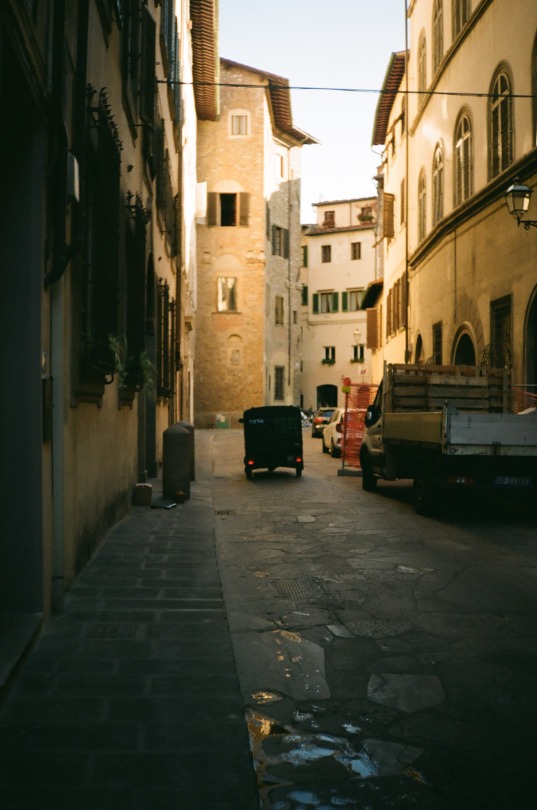
I’m back, after Tumblr went through a rough spot I decided to focus on bigger platforms, specifically Instagram. Recently I realized that posting on there wasn't as gratifying as on here. The audience, although more quiet in recent years, on Tumblr have always been remarkably more engaging, and fun to post with. So folks, im back, and I got into film so I cannot wait to share you 3 years of content.
See you all soon,
mltmonti
5 notes
·
View notes
Photo

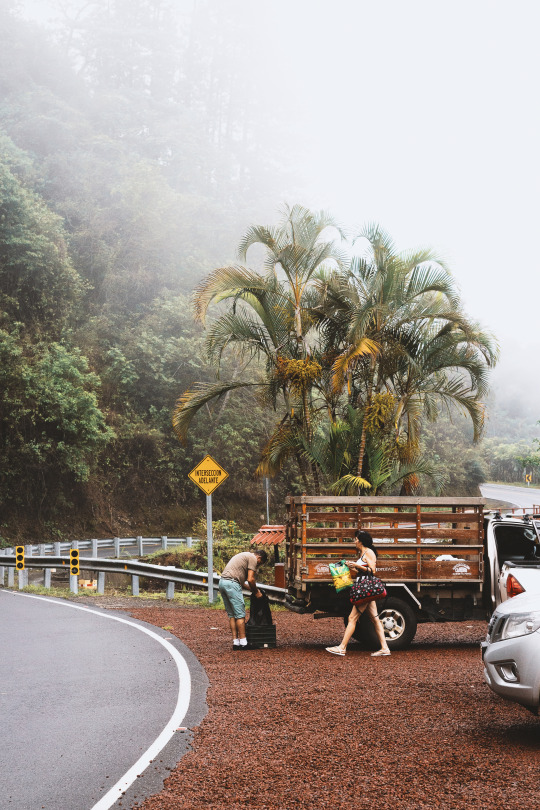
NECESSARY CORPORATE SOCIAL RESPONSIBILITY IN THE COFFEE INDUSTRY
It would be no surprise if I told you that coffee is the most traded commodity in the modern industrial economy with the exception of oil. This hot beverage is consumed by a majority of the world’s adult population from anywhere such as Vietnam, to Canada and all the way down to South Africa. It is a miracle for how cheap consumers can get a cup of coffee nowadays considering how complicated coffee is when it comes to farming, roasting, and shipping. With global climate change finally take a turn for the worst and despaired farmers leaving the coffee industry in droves if we continue to consume coffee the way we’ve been doing in the last half-century, we are heading straight into tight pinch for this commodity.
For decades our coffee was cultivated in mass quantities with relatively cheap labor, providing the masses with a cheap, easily accessible cup of morning joe. Multiple statistics show that the coffee market has boomed in the past half-century (Euromonitor Internatonal 2020, 2019). For the longest time, and to some extent even today, most relatively large coffee-producing corporations use industrial farming practices with extremely cheap labor in order to meet consumer’s demands. The only way we can prevent the gradual decimation of the coffee industry to consumer coffee that is sustainably grown and pays its cultivators living wages. Luckily that has been the main focus for a majority of small to medium-sized specialty coffee roasters and in some cases large coffee corporations. Smaller, more independent coffee shops started offering specialty coffee in urban areas. In a recent report conducted by Cornell University, it was found that the specialty coffee industry in the United States was valued at 7.8 billion USD in 2000 and has grown to 25.3 billion USD in 2014 (Euromonitor Internatonal 2020, 2019). Specialty coffee status is not given freely one must remember; the coffee lots can only be certified as such if it attains a quality score of 80 or above (Hernandez-Aguilera, et al., 2018). This score can only be conducted by the Specialty Coffee Association of America (SCAA) and is under strict scrutiny. Unfortunately, this score doesn’t take into consideration the environmental impact nor the socio-economic variables. As such, the SCAA furthermore ensures that the farms within the coffee lots respect the Relationship Coffee Model (RCM).
Companies and businesses adopt corporate social responsibility when voluntarily decide to protect and enhance positive social and environmental impacts as they conduct business (Solomon, White, & Dahl, 2017). As previously mentioned, the specialty coffee market growing 324% between 2000 and 2014, resulting in a substantial consumer demand that directly influences businesses to sell this produce (Euromonitor Internatonal 2020, 2019). According to a recent Forbes article, in 2017 41% of consumers are now drinking what is considered to be specialty coffee. That is a steep rise from a calculated 9% back in 1999 (Sethi, 2017). The Relationship Coffee Model oversees multiple aspects of coffee farming and ensures proper ethical and environmentally sustainable practices. The RCM has a framework that includes two pillars, both output, and inputs. The inputs include biophysical environmental conditions and production technological conditions. The outputs listed in the model are environmental outcomes, technological outcomes, and socio-economic outcomes (Hernandez-Aguilera, et al., 2018). Each of these various aspects is listed to understand and to help achieve a positive impact on both the environment and the coffee farming industry. Businesses buying certified specialty coffee that respect the RCM model, are therefore conducting corporate social responsibility.
Why is all of this important? Well as mentioned before, in order for the coffee industry to survive in the next ensuing decades it is critical for the market as a whole to shift towards SCAA standards and integrate the RCM model throughout their whole supply and production chain. This will ensure that the companies and independent businesses will all adopt a corporate socially responsible business model. Consequently, this also provides a platform for green marketing, since this is an approach to offering products that are less harmful to the environment. This transition will have a price, and unfortunately for the end consumers, they will have to pay the price. One-dollar coffee will be a thing of the past, and a lot of consumers will be angry. This decision, although not popular will have to occur in order to have a long-term positive result.
As of now, specialty coffee only caters to the consumer who has a similar set of values and lifestyles that more-or-less corresponds to what these brands identify with. Using the VALS segmentation system (a system that divides the population into 8 groups based on their psychological characterized and resources), it is safe to assume that specialty coffee consumers are innovators; who are characterized as people with concerns with social issues and are therefore willing to change (Solomon, White, & Dahl, 2017). Strivers, who are concerned about how others think about their coffee consumption can also be part of these consumers. Believers are a mixed bag since they are driven by principles and prefer proven brands. One believer might stick with specialty coffee brands such as giant Blue Bottle Coffee because they provide SCAA approved coffee or one who only drinks his 1$ McCafe coffee because they believe that coffee should not be more than that price. Both are hard to convert to a different consumption habit such as coffee.
Companies and businesses that are in the business of environmentally sustainable and socio-economically positive coffee need to educate, motivate and finally change people’s behavior. With the in-depth information above companies such as Blue Bottle Coffee, Peet’s Coffee, Starbucks and even the local coffee shop should boil it down and make a fresh batch of drinkable information. The last thing a brand can do is alienate the consumers with the information provided above. Social Marketing is the best way to reach to the unaware consumers (Solomon, White, & Dahl, 2017). Successfully teaching consumers and facilitating learning for them will reveal consumers that their 1$ coffee, although affordable and delicious, might come at the expense of the environment, and of the people who cultivate it. This can break down walls and dismantle presumptions of specialty coffee as being “too expensive/hipster”. Green marketing is a great way to teach from an environmentally sustainable position (Solomon, White, & Dahl, 2017).
Once the learning has been achieved the consumer will eventually try to find a solution to their new problem. This is where a business can simply offer its SCAA certified coffee to them and make them realize that the solution has been available to them the whole time. There are multiple ways to achieve this and they substantially numerous, but ultimately must be conducted to those who are not exposed to specialty coffee.
Coffee cultivation is slowly stagnating as crops succumb to desertification, flooding and a dwindling willingness to farm such a complicated crop. With proper and effective marketing, we may hopefully find ourselves in a world where we only drink sustainably grown, socio-economically positive coffee.
.
.
.
.
.
Bibliography
1 – Euromonitor Internatonal 2020. (2019). Coffee in the US – Analysis. Retrieved from Passport : https://www-portal-euromonitor-com.lib-ezproxy.concordia.ca/portal/analysis/tab
2 –Hernandez-Aguilera, J. N., Gomez, M. I., Rodewald, A. D., Rueda, X., Anunu, C., Bennett, R., & Es, H. M. (2018). Quality as a Driver of Sustainable Agricultural Value Chains: The Case of the Relationship Coffee Model. Chichester: Wiley Periodicals Inc.
3 – Sethi, S. (2017, December 1). A Surprising New Trend In Coffee. Retrieved from Forbes Magazine: https://www.forbes.com/sites/simransethi/2017/12/01/a-surprising-new-trend-in-coffee/#47c5aff05b31
Solomon, M., White, K., & Dahl, D. W. (2017). Consumer Behaviour: Buying, Having, Being. Toronto: Pearson Canada Inc.
Pictures courtesy of Domenico Monti
16 notes
·
View notes
Photo

Stuck in time. by mtlmonti
#new york city#new york#nyc#new york city subway#new york subway#nyc subway#subway#transit#train#metro#public transit#historical#history#train car#vintage#vintage train#i love new york city#i love new york#I <3 NYC#i love ny#i <3 ny#photography#urban photography#photo#picture#urban#city
84 notes
·
View notes
Photo

There’s no time!
– Taken in Chinatown, New York. May 2019.
#Yellow Cab#yellow taxi#yellow#taxi#cab#car#van#new york city street#new york city#new york street#new york#nyc street photography#STREET LEVEL#streets#street view#urban street photography#Street Photography#nyc#north america#america#reflection#reflection shot#shot#chinatown#Travel Photography
4 notes
·
View notes
Photo

Hustle – New York
New Yorkers are constantly grinding each and every single day.
#new yorkers#new york#new york city#nyc#ny#I love nyc#i <3 nyc#i <3 ny#cityscape#city#urban life#urban photography#urban#hustle#hustling#subway#new york city subway#new york subway#transit#station#train#city photography
50 notes
·
View notes
Photo

Streets of Trastevere, Roma – MMXVIII
#rome#trastevere#roma#lazio#italia#italy#travel#travelling#Travel Photography#visit italy#Street Photography#STREET LEVEL#Street Scene#city#ancient city#old#old city#cobble stone street#cobble stone#romantic#latium#trip#europe
952 notes
·
View notes
Photo

Corniglia, Cinque Terre.
One of the most beautiful places in the entire world.
#cinque terre#corniglia#liguria#la spezia#italia#italy#town#village#park#scenery#landscape#hill#cliff#vineyards#travel#travel photography#phototour#traveller
68 notes
·
View notes
Photo

The great outdoors, the Adirondack Mountains!
Check it out on @mtlmonti
#mtlmonti#adirondacks#Adirondack Mountains#modelling#model#outdoors#adventure#adventurous#travel#destination#mountains#lake#fall#fall weather#season#fall season#psl#colors#photography#nature photography#landscape#natural landscape#reflection
21 notes
·
View notes
Photo

Bavarian Alps, Germany
Photo by: @mtlmonti
#germany#deutschland#bayern#bavaria#alps#mountains#nature#landscape#natural landscape#earth#planet#discover#travel#i love travel#travelling
308 notes
·
View notes
Photo

Roma, Luglio duemiladiciotto
#italia#roma#rome#italy#lazio#eternal city#city#europe#euro#street scene#street#alley#romantic#travel#travel destination#dream#beautiful#quaint#beautiful italy#traveller#world#old
135 notes
·
View notes
Photo

Corniglia, Parco Nazionale delle Cinque Terre, Liguria.
#cinque terre#liguria#corniglia#italia#italy#travel#trip#europe#village#cute#adorable#street#path#village life#plants#italian#quaint#lifestyle
825 notes
·
View notes